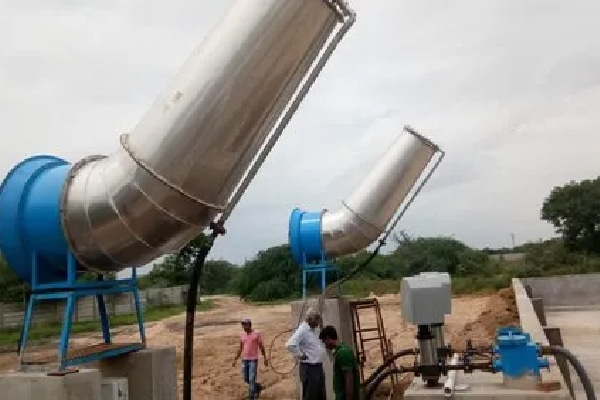Dust is a persistent issue in agricultural settings, particularly in arid regions or during dry seasons when soil becomes loose and easily airborne. Dust not only affects the health of farmworkers but also poses significant risks to crops and livestock, leading to reduced productivity and economic losses. Effective dust suppression is crucial for maintaining a healthy and productive farm environment. By implementing some of the dust control measures accessible through sites like bosstek.com, farmers can protect their crops, safeguard their livestock, and promote overall farm sustainability.
The impact of dust on crops
Dust can have a detrimental effect on crop health and yield. Dust can significantly impact crop health and yield by blocking sunlight, reducing photosynthesis, and carrying harmful substances like pathogens and pesticides. This can lead to disease or chemical contamination, posing risks to both plants and consumers. High dust levels also cause soil erosion, as windblown dust removes topsoil, a vital layer for plant growth. This degrades soil quality, increases the need for fertilizers, and raises costs and environmental impacts. Implementing dust suppression strategies can help preserve soil integrity and support healthier crop growth.
Protecting livestock from dust exposure
Livestock are also vulnerable to the harmful effects of dust, particularly animals housed in dry, dusty environments or those grazing in open fields. Dust can irritate the respiratory systems of animals, leading to conditions such as chronic coughing, decreased lung function, and respiratory infections. These health issues can result in reduced weight gain, lower milk production, and overall poorer health outcomes for livestock, affecting the farm’s profitability. In addition to respiratory issues, dust can also contaminate feed and water sources, posing a risk to animal health. Contaminated feed may contain harmful bacteria or chemicals carried by dust, which can lead to digestive problems and other illnesses in livestock. Maintaining clean and dust-free feeding and watering areas is essential to protect animal health and ensure optimal growth and productivity.
Effective dust suppression techniques
Farmers can employ a variety of techniques to suppress dust and mitigate its impact on crops and livestock. One of the most effective methods is the use of cover crops, which help anchor the soil and reduce wind erosion. Cover crops, such as grasses and legumes, provide a protective layer on the soil surface, preventing dust from becoming airborne. Additionally, they contribute to soil health by adding organic matter and improving soil structure. Irrigation is another practical dust control measure, as moisture helps bind soil particles and reduce the likelihood of dust formation. However, it is important to manage water use efficiently, especially in water-scarce regions, to avoid wastage and environmental harm. Drip irrigation and other targeted watering methods can be particularly effective, as they deliver water directly to the soil where it’s needed most. Windbreaks, such as rows of trees or shrubs, can also serve as natural barriers that reduce wind speed and minimize soil erosion. These barriers not only help suppress dust but also provide shade and shelter for livestock, improving their comfort and well-being.
Dust suppression is a crucial aspect of agricultural management, safeguarding crops and livestock from harmful particles. Using cover crops, irrigation, and windbreaks, farmers enhance productivity, promote sustainability, and improve product quality.


